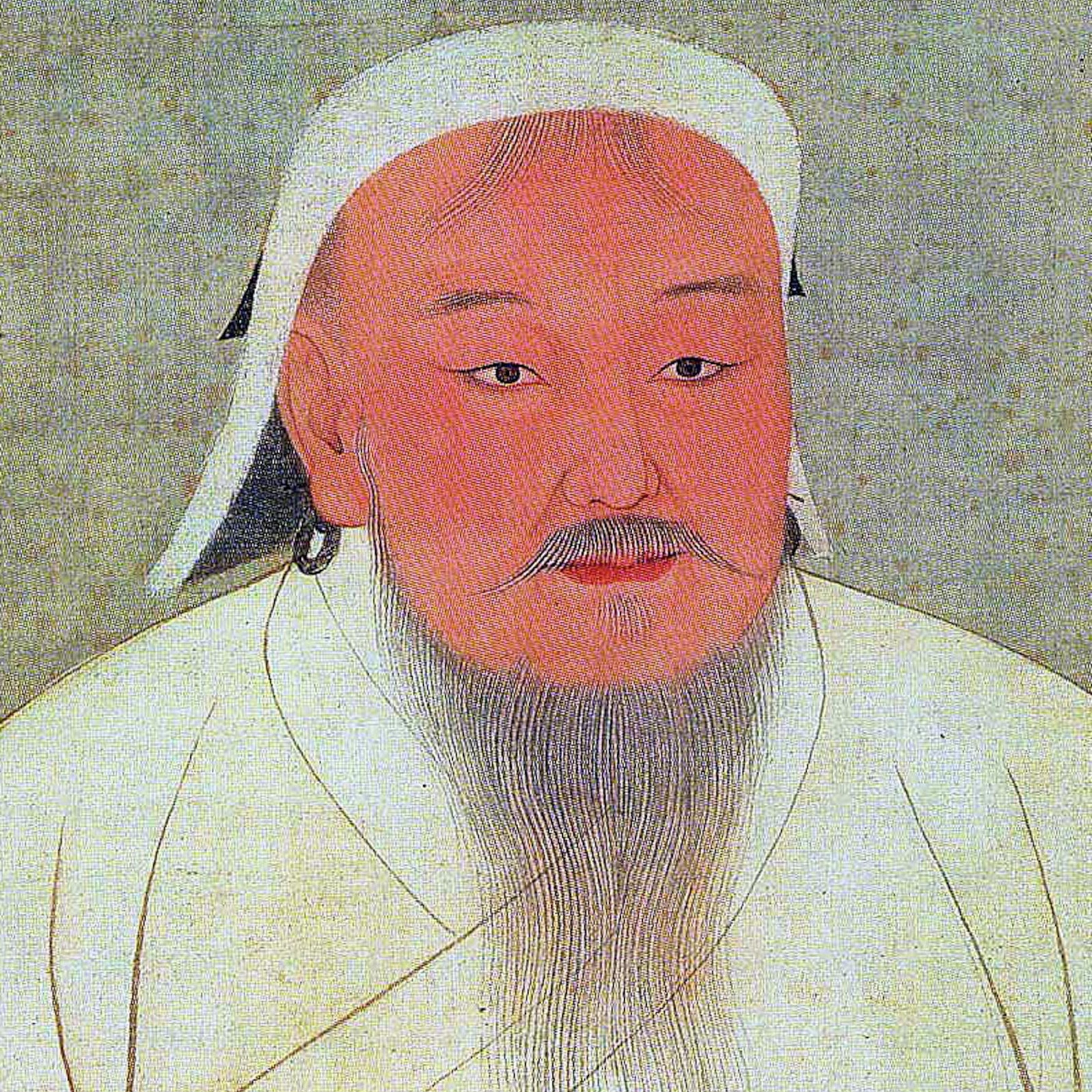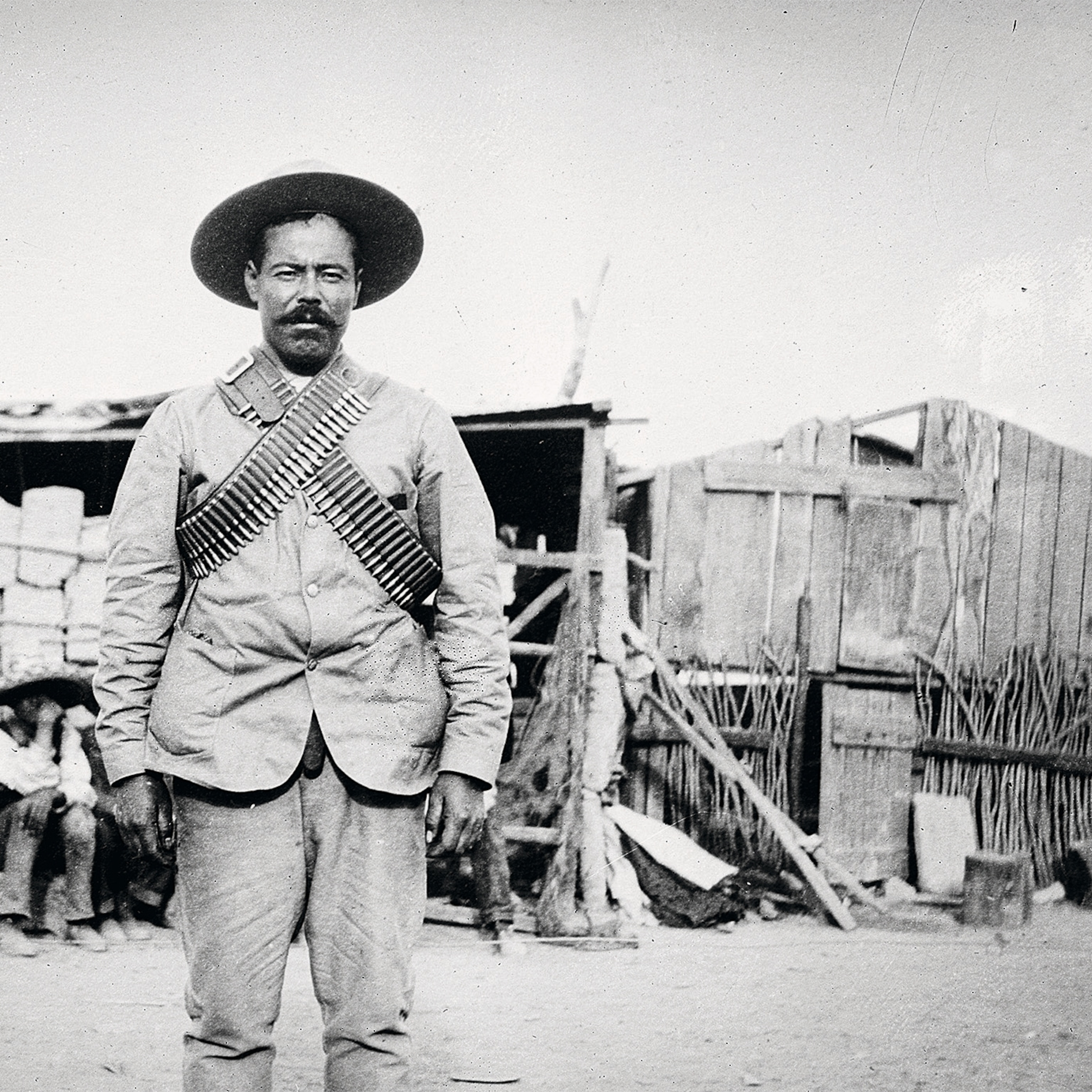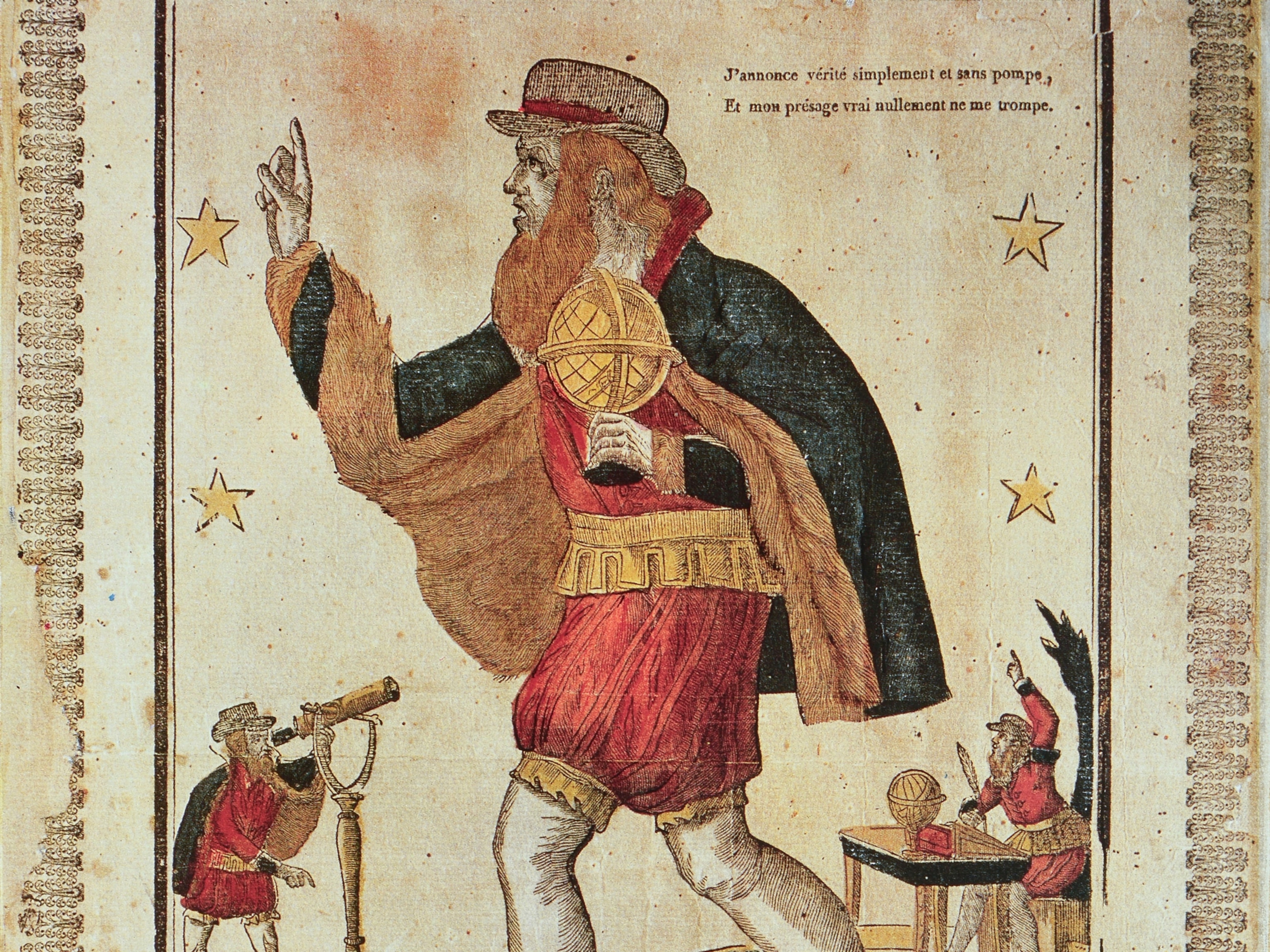
This Renaissance warrior woman defied powerful popes to defend her lands
Bold, brave, and brilliant, Caterina Sforza seized castles, forged alliances, and took revenge on her enemies for the sake of power.
Toward the end of 1499, a woman stood atop the walls of the Rocca di Ravaldino in Forlì, some 185 miles north of Rome. The troops of the Borgias, a powerful rival family, were holding her children hostage and threatening to kill them if she did not yield the fortress and her lands to them. But she refused, raised her skirts, and cried: “Kill them if you will, I have the means to make many more! You will never make me surrender."
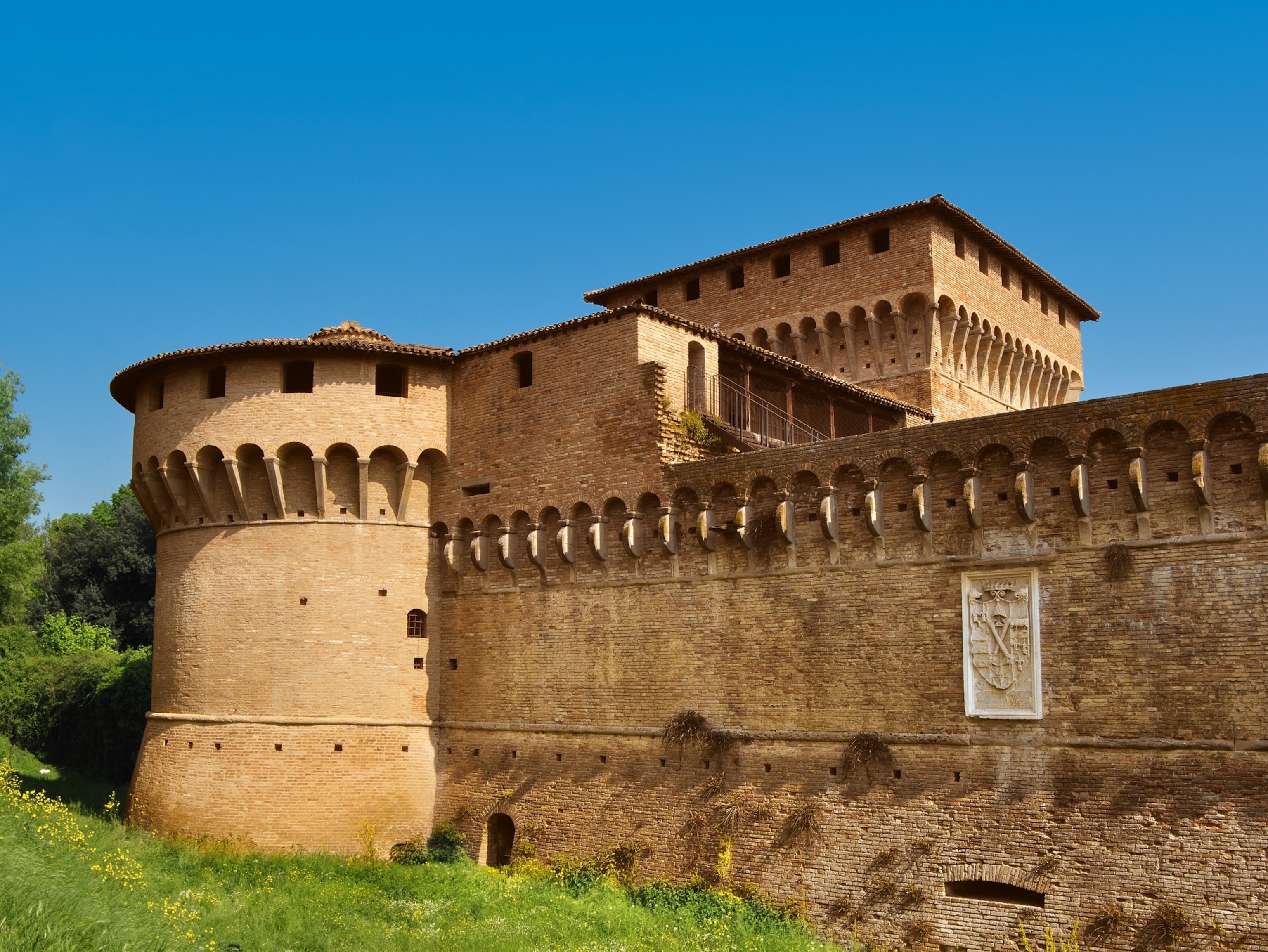
The tale may be apocryphal but, given what is known about the extraordinary Caterina Sforza, it has a ring of truth. One of the most exceptional figures of the Italian Renaissance, Sforza rubbed shoulders with the artistic and cultural geniuses of her era. She defied convention, studied alchemy, and welcomed confrontation with the Borgias and other powerful families. (Read more about the most famous Borgia, Lucrezia.)
Love child
Caterina was born in 1463 in Milan, an illegitimate daughter of Galeazzo Maria Sforza, who, later in her childhood, would become Duke of Milan. Despite her illegitimacy, she was brought up at the center of her father’s household, where she received an education imbued with the humanist spirit of the age. Like other girls in this remarkable family, she studied military tactics and weaponry alongside boys. (Read about humanism in Michelangelo's Sistine Chapel art.)
In 1473, when Caterina was 10, her family made a political alliance and betrothed her to Girolamo Riario, a man 20 years her senior and nephew of Pope Sixtus IV. Lord of Imola and Forlì—a city south of Milan in Romagna—Girolamo took his child bride to live in Rome after she turned 14. The move helped consolidate their place at the center of the papal court. Caterina would give birth to several children and become a powerful intermediary between Rome and Milan.

Roman intrigue
In August 1484 Pope Sixtus IV’s death caused political chaos as Italy’s families jockeyed to put one of their own on the throne of St. Peter. (Learn the meanings of different colored smoke in choosing a new pope today.)
Caterina's husband was in a precarious position: Many factions seeking to seize his lands after his uncle's death. Riario had been away from Rome, campaigning against these rival factions, but now he was prevented from returning to the city to shore up his position. Caterina, despite being seven months pregnant, did it for him.
She commanded her forces to seize Rome’s Castel Sant’Angelo. She refused to cede it, claiming that Pope Sixtus had bestowed control of it to her family before his death. The only person she would hand it over to would be the next pope. Knowing the cardinals feared her artillery, Caterina seized the castle to buy some time for her husband to strike a deal. Caterina and Riaro left Rome only after securing 8,000 ducats in compensation and recognition of their estates in Imola and Forlì, as well as Riaro's appointment as captain-general of the Vatican troops.
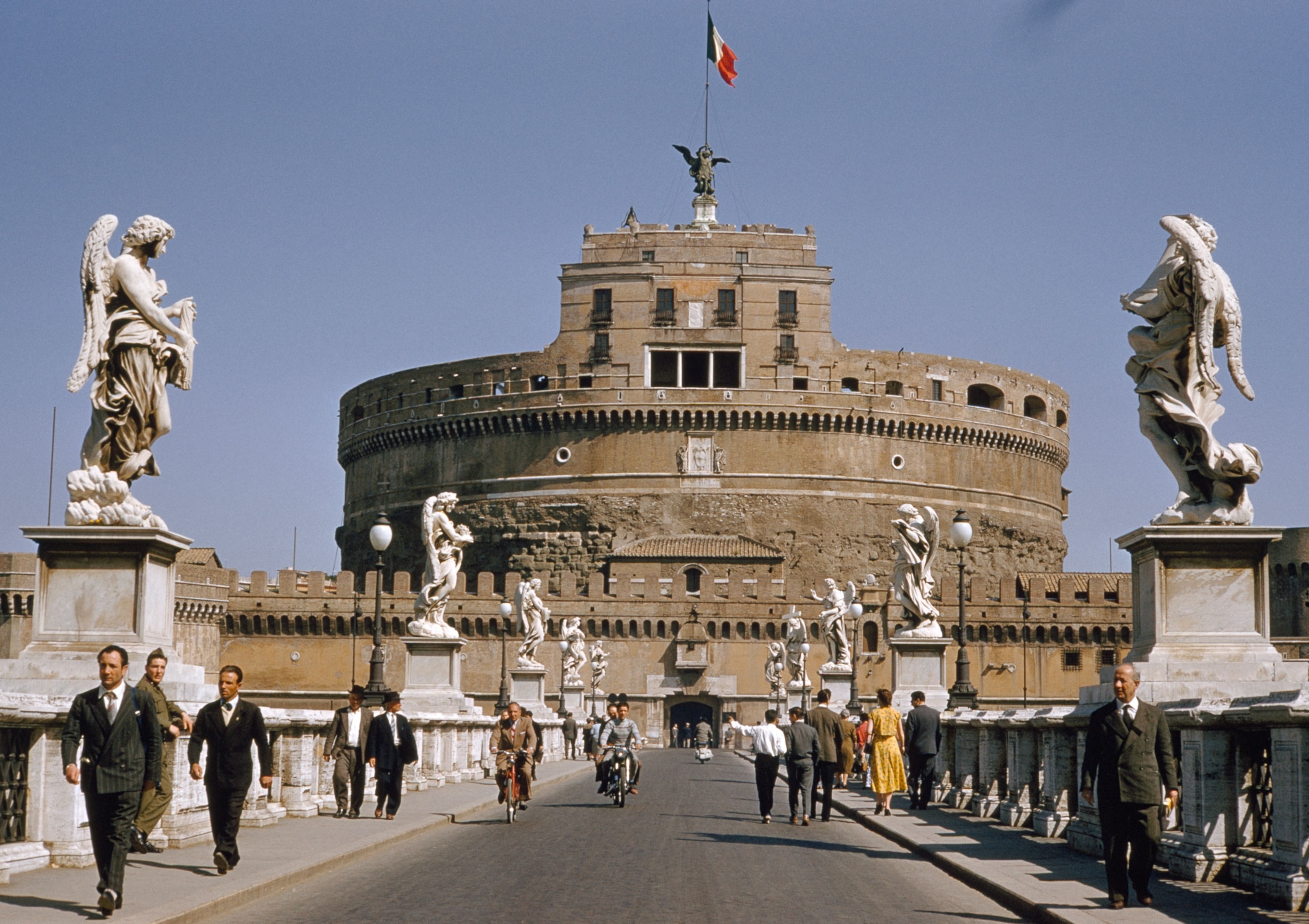
Caterina had the chance to prove her political skills at her new home in Forlì. After Riaro was murdered in 1488 by supporters of the new pope, Innocent VIII, she acted as regent for her oldest son Ottaviano, who was not yet of age. She shrewdly lowered taxes to win the alliegience of her citizens. She formed strong alliances with neighboring states through marriages to her children. She also took command of her army’s military training.
New marriages
A few months after her husband’s death, Caterina secretly married Giacomo Feo with whom she had a son, Bernardino Carlo. The passion she felt for the ambitious young man proved to be a weakness. She removed her eldest son, Ottaviano, from power and gave control of the state over to her husband. She also put Feo’s relatives in charge of the fortresses defending the city. Ottaviano’s supporters did not approve and hatched a successful plot to murder Caterina’s second husband in 1495. Unbowed and unbroken, the widow had his assassins and their families massacred in retaliation.
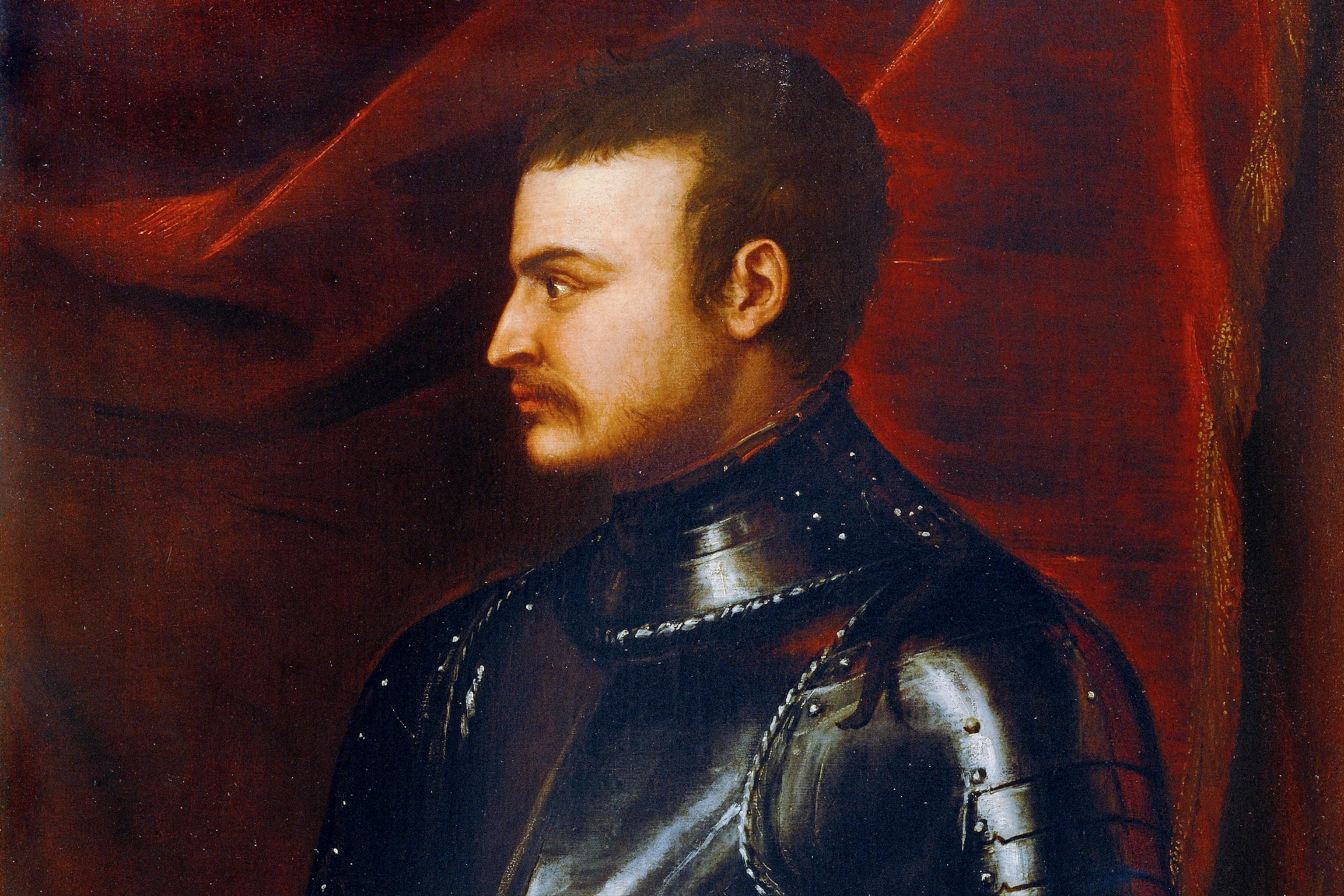
In 1497, at age 34, Caterina obtained permission from her uncle, Duke Ludovico Sforza, to marry Giovanni de’ Medici, a member of the powerful Florentine family. She had met him a year earlier when he came to Forlì as an ambassador from Florence. Once again, the marriage would end in death, and she would be widowed: Barely a year after Caterina gave birth to a son, Giovanni (later known as Giovanni delle Bande Nere, a famous military commander), Medici died of pneumonia in the middle of a conflict between Florence and Venice.
Braving the Borgias
Shortly afterward, Pope Alexander VI, a Borgia, set out to enlarge the Papal States by absorbing cities in Romagna, including Caterina's lands in Forlì and Imola. Caterina Sforza immediately began expanding her military defenses, improving her weaponry, and creating large stores of food and ammunition in case she was besieged. Cesare Borgia, Duke of Valentinois, stood opposed to Caterina who had taken up residency at the fortress of nearby Ravaldino, the Rocca di Ravaldino.
“If I have to lose, I want to lose in a manly way.”Caterina Sforza
Son of Pope Alexander, Cesare Borgia was a powerful enemy with major forces at his command. After Imola and Forlì fell, Borgia set about besieging the Rocca di Ravaldino on December 19, 1499. Caterina personally commanded the defense with the aid of more than 1,000 soldiers. She refused one peace offer after another, even—as the legend says—at the cost of her children’s lives.

On January 12, 1500, after a hard-fought defense, Borgia’s troops took Ravaldino, and captured Caterina. Although she asked to be placed in the custody of the King of France, Louis XII, Borgia did not relinquish his prisoner and held her for two years.
It was not long, however, before Borgia did send her to Rome, where Caterina was held by Pope Alexander in Belvedere, a beautiful villa near the city. The Borgia pope insisted on treating his prisoner as an honored guest, in accordance with her rank, but all the attention he lavished on her failed to quash Sforza’s rebellious spirit. After an unsuccessful escape attempt, the troublesome duchess was sent to Castel Sant’Angelo, the fortress she had seized years earlier.
A peaceful end
After the King of France interceded on her behalf, Caterina was released in 1501 and retired to a family villa in Florence. It was there, following the death of Pope Alexander VI, that she attempted to reclaim her lands from the new pontiff, one of the great art patrons of the Renaissance, Pope Julius II. However, both the cities of Forlì and Imola objected to her return, and so she passed into the hands of a Vatican nobleman called Antonio Maria Ordelaffi.
Caterina spent the last few years of her life with her children, continuing her lifelong study of alchemy. In May 1509, when she was just 46 years old, she died of pneumonia. She was buried in the Convent of Santa Maria delle Murate, in an anonymous tomb, as stipulated in her will. Her grandson, Cosimo I, Grand Duke of Tuscany, later ordered a white marble gravestone be placed over her grave. In 1835 that stone was destroyed when the convent’s flooring was renovated. Caterina, it seems, would not be contradicted—even in death.
A Life of Love and War
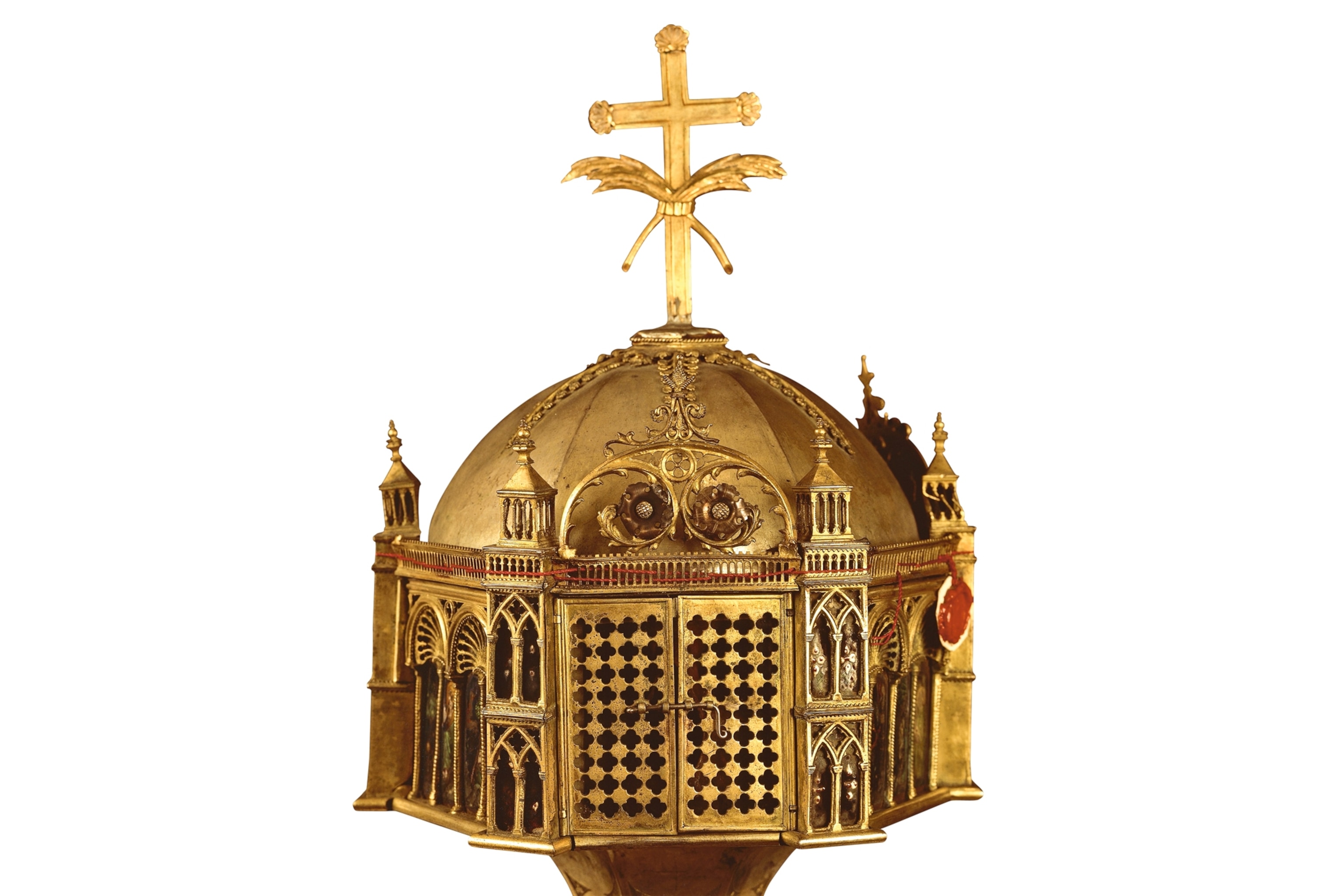
1463 Caterina Sforza is born, the illegitimate daughter of Galeazzo Maria Sforza, future Duke of Milan, and his lover, Lucrezia Landriani.
1484 Caterina defends the interests of her husband Girolamo Riario in Rome following the death of Pope Sixtus IV.
1488 Girolamo is assassinated, and Caterina marries again. She puts the interests of her new husband, Giacomo Feo, before those of her son.
1497-99 Widowed in 1495, Caterina marries Giovanni de’ Medici in 1497. After his death, she faces strong opposition from the Borgias.
1500-1509 Following captivity in Rome, Caterina retires to a villa in Florence, where she dies at age 46 of pneumonia.


